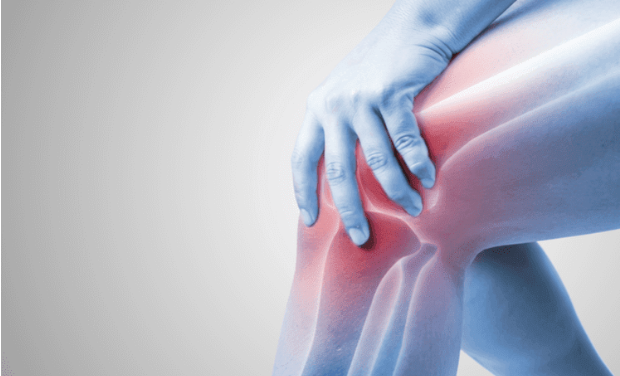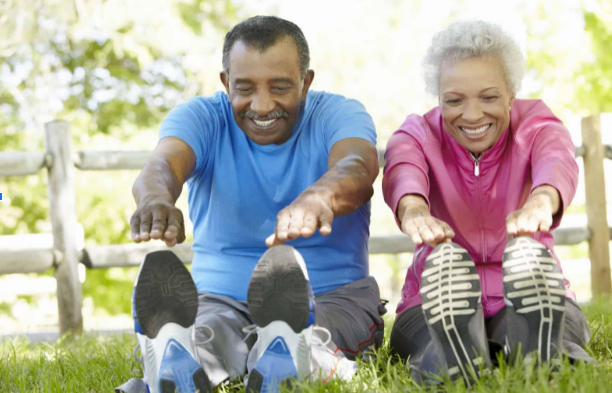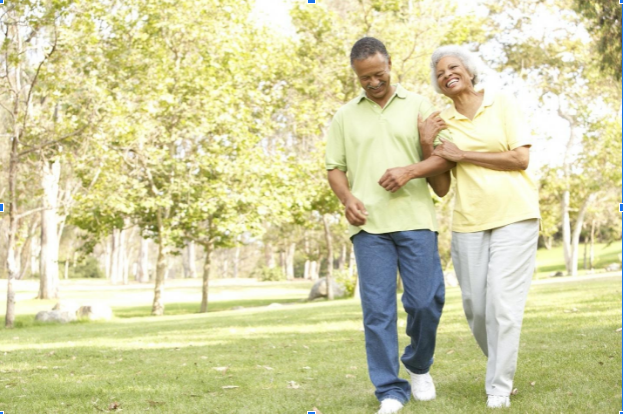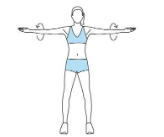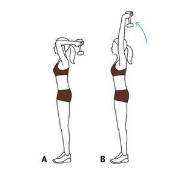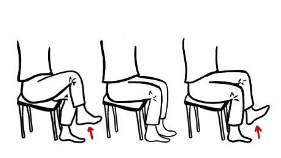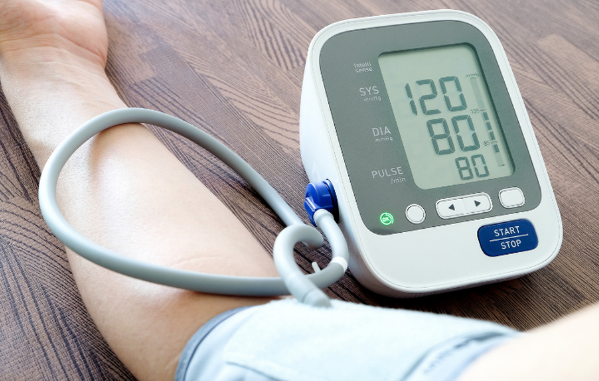
The Importance of Monitoring Blood Pressure
The Importance of Monitoring Blood Pressure
Now that you know the importance of monitoring and maintaining healthy blood pressure levels, you may be wondering what you can do to lower your blood pressure. Depending on the severity of your blood pressure levels, your physician might put you on blood pressure medicine. However, there are a couple lifestyle changes you can make to help manage high blood pressure. I’m sure you’ve heard it a thousand times before, but regular exercise does wonder for your heart health. Even simple physical activities, such as walking for 30 minutes a day, can make the biggest difference in your blood pressure. You should also monitor your salt intake to make sure you’re consuming no more than the recommended 2,300 mg of sodium per day. Try incorporating more whole foods into your diet and season your food with herbs and spices instead of extra salt. Make sure you consult with your doctor before making any lifestyle or dietary changes to decide what’s best for you.
Sources:
Jennings, K.-A. (2020, July 26). 15 natural ways to lower your blood pressure. Medical News Today. https://www.medicalnewstoday.com/articles/318716. Mayo Clinic Staff. (2019, November 19). How high blood pressure can affect your body. Mayo Clinic. https://www.mayoclinic.org/diseases-conditions/high-blood-pressure/in-depth/high-blood-pressure/art-20045868. Spader, C. (2021, April 2). Blood Pressure Monitoring. Healthgrades. https://www.healthgrades.com/right-care/high-blood-pressure/blood-pressure-monitoring.
United Health Foundation. Explore High Blood Pressure in the United States. America’s HealthRatings. https://www.americashealthrankings.org/explore/annual/measure/Hypertension/state/ALL.

